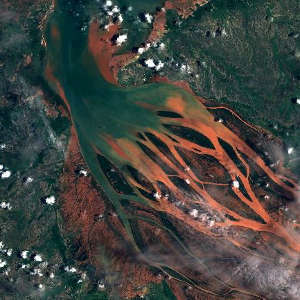Hi everyone,
What I would like to do is generating an image representing the NDVI anomaly of an area.
By NDVI anomaly, I mean the current NDVI compared to the average NDVI for the same period of the past years (of course this definition is not accurate : how many year, how do I define the same period, etc, but lets begin with the beginning).
Does anyone already did something like that ?
How ?
Do you have hint of how to do that ?
Thank you for your help,




